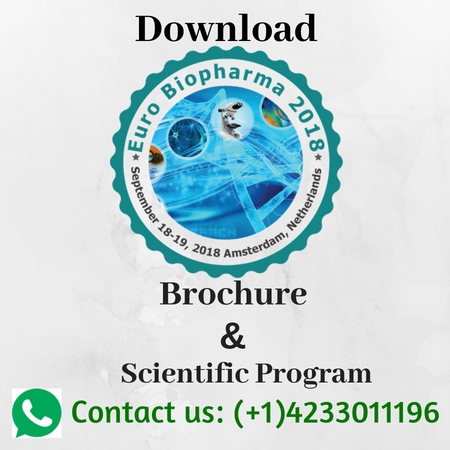Saeed sojaee
Universities of Kent and Greenwich, UK
Title: Modulating drug release from sustained release polyethylene oxides: effect of vitamin E, mannitol and dicalcium phosphate
Biography
Biography: Saeed sojaee
Abstract
The effect of storage conditions showed that the release rate of the drug was significantly increased from tablets that were stored for longer periods at 40 â—¦C. That is to say, drug release was faster at longer storage times (8 > 4 > 2 > 0 weeks) Figure 1(A, B). The increase in drug release is expected to be due to oxidative degradation primarily in the amorphous region of the polymers [3]. Fig. 2 (C, D) demonstrated that there was significant decrease in the drug release rate of the formulations that contained mannitol and DCP. The results in Figure 3 (E,F) indicated the use of vitamin E stabilized PEO and decreased the rapid drug release occurring as a result of the storage time (2, 4, 8 weeks) at 40 â—¦C. The reason behind this phenomenon could be when vitamin E was dispersed in the PEO containing drug, it delayed the penetration of oxygen into the PEO matrix during the storage time

